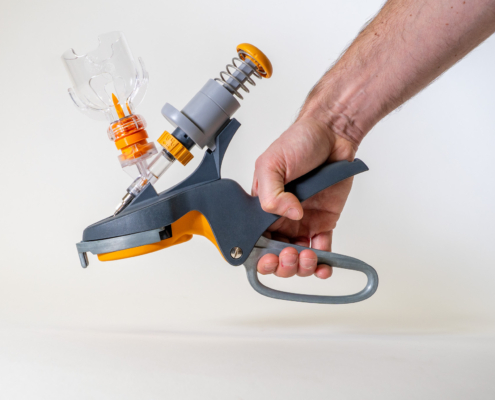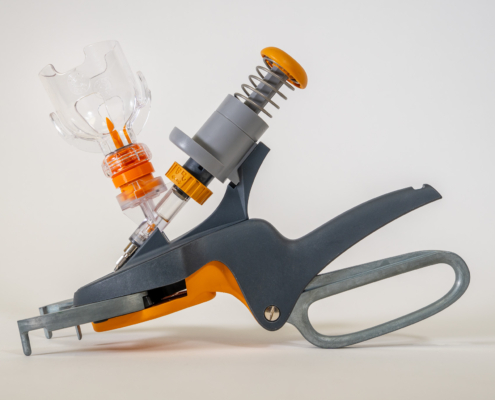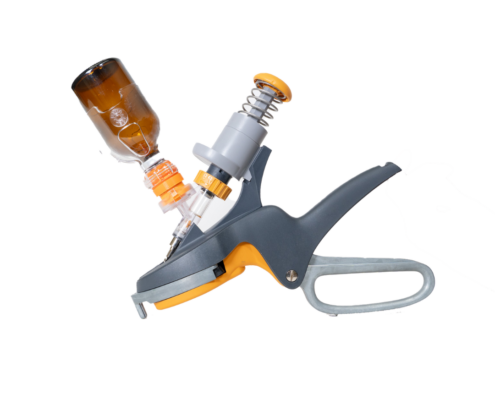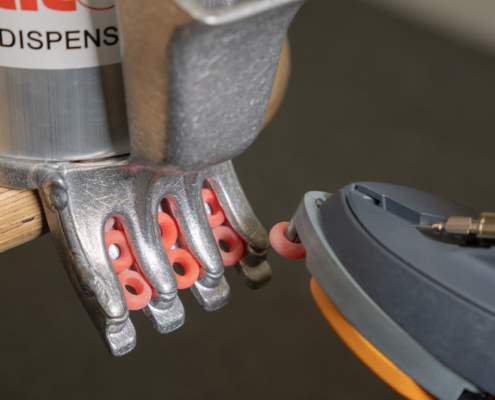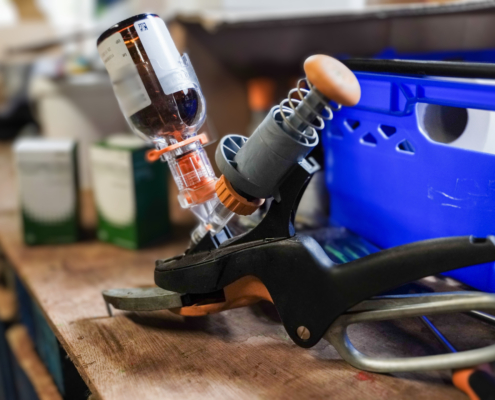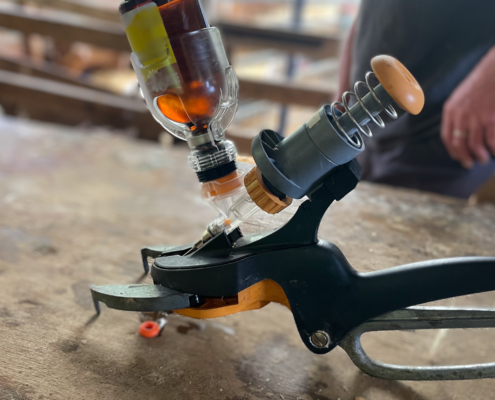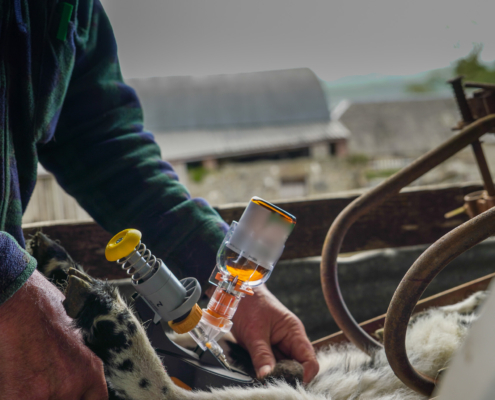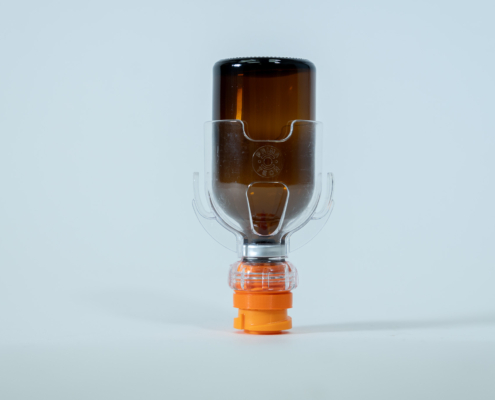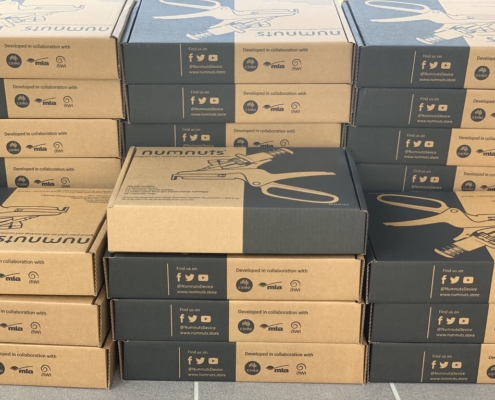The recording is now available from Webinar Vet’s Webinar on “Equine gastric ulcers and new research on the effects of a polysaccharides supplement on stomach health,” sponsored and hosted by MerlinVet and Hagyard Pharmacy.
Presented by Nathan Slovis & Frank M. Andrews, the webinar took place on Wednesday 28th February and you can watch the recording now here.
Description
It is common for horses in various disciplines to suffer from gastric ulcers, with a prevalence rate of up to ninety percent. These ulcers can negatively impact a horse’s athletic performance. To identify the cause of the poor performance, a thorough examination is required, including endoscopic examination of the stomach. Poor performance may be attributed to the presence of equine squamous gastric disease or equine glandular gastric disease. If ulcers are present, appropriate treatment can improve the horse’s stomach health and athletic performance. Studies have shown that an oral polysaccharide blend of Schizophyllan beta-glucan with hyaluronic acid is both safe and effective in treating gastric ulcers without altering the stomach’s PH levels.
Recording
About MerlinVet
At MerlinVet, we comprise a bespoke wholesaler, import/export business, buying group, health plan provider, and anaesthetic gas exposure monitoring service. By listening to the needs of vets, we provide products, services, business solutions and, above all else, the support needed to add a touch of animal magic to practices. MerlinVet UK stocks an extensive range of Special Import Products that other wholesalers are unable to source, providing solutions to vets in times of stock shortages. We offer a customised pharmaceutical service, importing pharmaceuticals and farm fertility equipment to UK vets.
We are the UK distributor of RelyneGI, providing natural gastric support for horses. Recommended by vets and professional riders, RelyneGI is a unique formula of hyaluronic acid and beta glucan that supports healthy digestion in horses. RelyneGI is an advanced liquid supplement containing a natural formula of a patented hyaluronan (MHB3) and beta glucan that delivers effective support for the equine digestive system. It’s odourless and tasteless for adding to feed and offers long-term support for all horses in maintaining normal gastric function and promoting well-being in equine athletes. RelyneGI, developed by the world’s leading veterinary scientists at Hagyard Equine Medical Institute in the USA, has been thoroughly tested and is Clean Sport certified.
About Hagyard Pharmacy
Hagyard Pharmacy is a full-service, PCAB accredited pharmacy located in the heart of horse country – Lexington, KY. Licensed in over 35 US states, Hagyard Pharmacy dispenses prescription pharmaceuticals, offers a veterinary specialty compounding service as well as over the counter products. Hagyard Pharmacy is affiliated with Hagyard Equine Medical Institute, a trusted resource for people who demand only the highest quality care for their horses since 1876.
Resolvet by Hagyard is a line of products designed to help horses feel and look their best. Created by vets at the Hagyard Equine Medical Institute, Resolvet by Hagyard addresses concerns that owners, trainers, and riders alike have about traditional horse care products. Resolvet by Hagyard horse care products feature natural ingredients, proper PH balance, and reduced negative side effects. Each product is specially formulated for specific needs: joint health, gastrointestinal health, hoof health, and more. One of these products is RelyneGI, distributed in the UK by MerlinVet.
